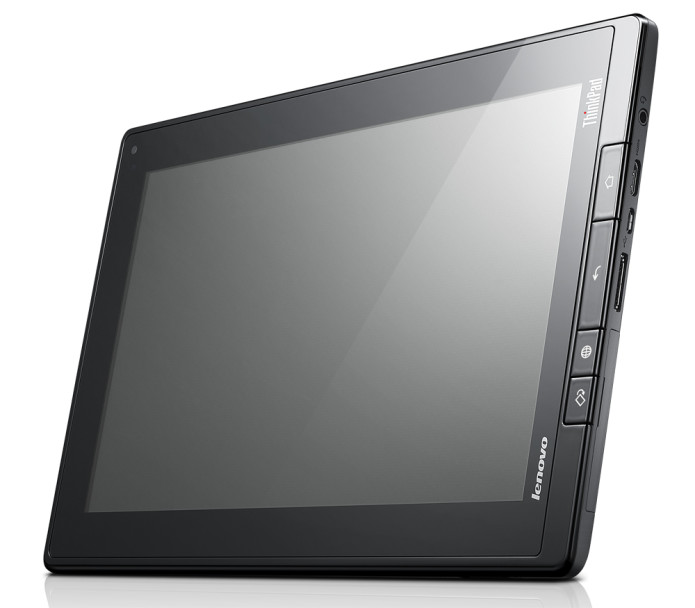We’ve been demanding a tablet running webOS for years now, and it’s taken HP’s new stewardship of the software to guide just that onto store shelves. Palm’s mobile platform always seemed to good to be left solely to smartphones, and the HP TouchPad is the inevitable result. Problem is, the iPad has already made its presence well and truly known, dominating the consumer tablet market, and Android’s Honeycomb drive gains OEM support by the week. Can the multitasking charms of webOS 3.0 promise the TouchPad a bright future, or is it simply a case of too late to the party? Check out the full SlashGear review after the cut.
Hardware
Anyone who has played with a Palm Pre will recognize the HP TouchPad, a square of glossy black plastic with rounded-off corners. It’s a fingerprint-magnet front and back: within seconds of getting it out of the box it was already smudged and smeared with finger grease. We quickly swaddled it in a Fusion of Ideas Stealth Armor adhesive case, since the plastic picks up tiny scratches with reasonable ease, though build quality generally was creak-free.
…
Read full post here:
https://www.slashgear.com/hp-touchpad-review-29162207/


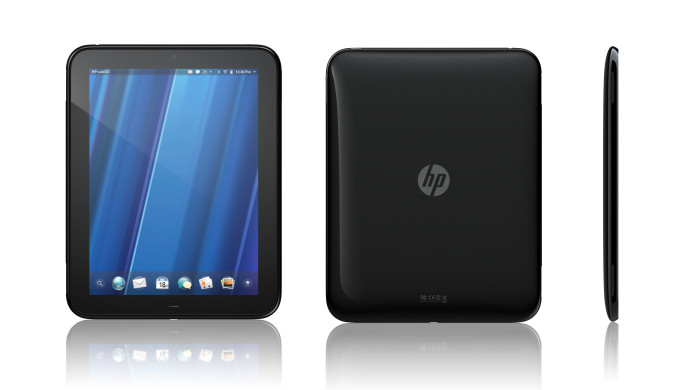
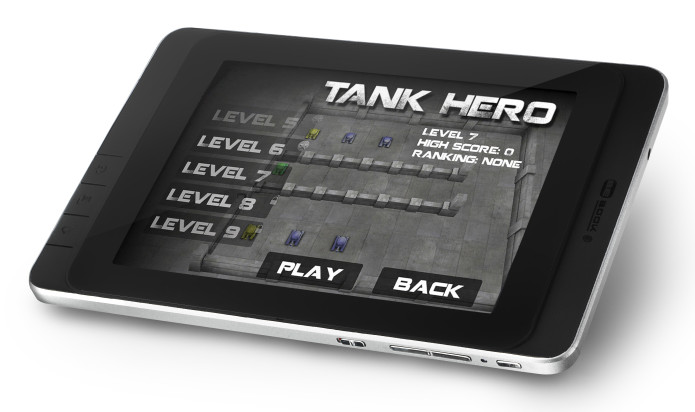
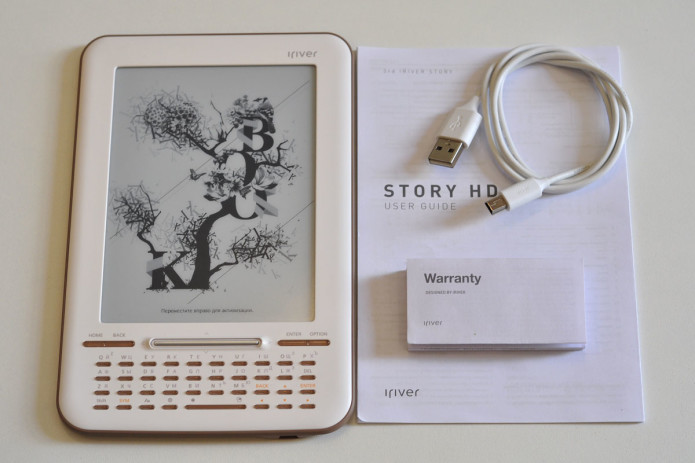
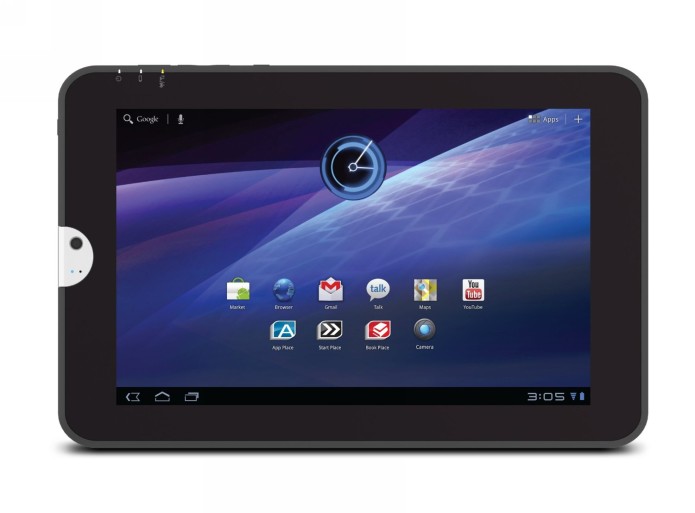
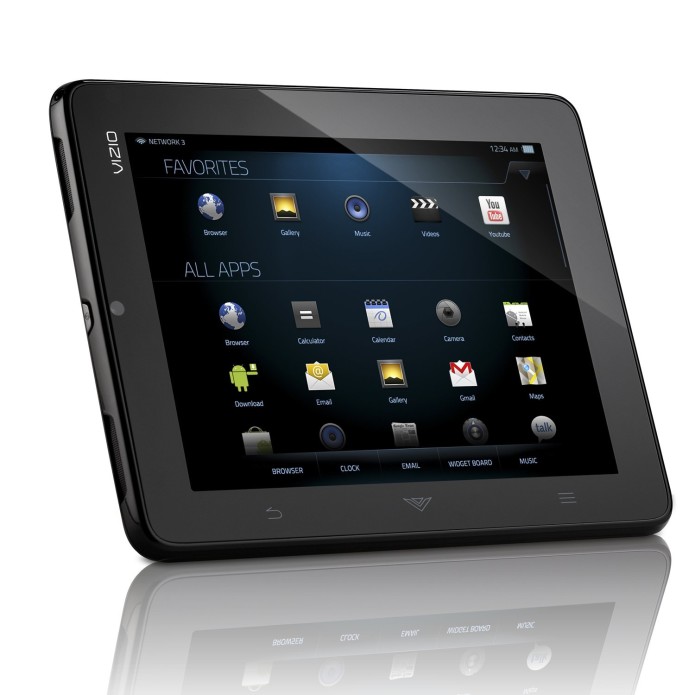
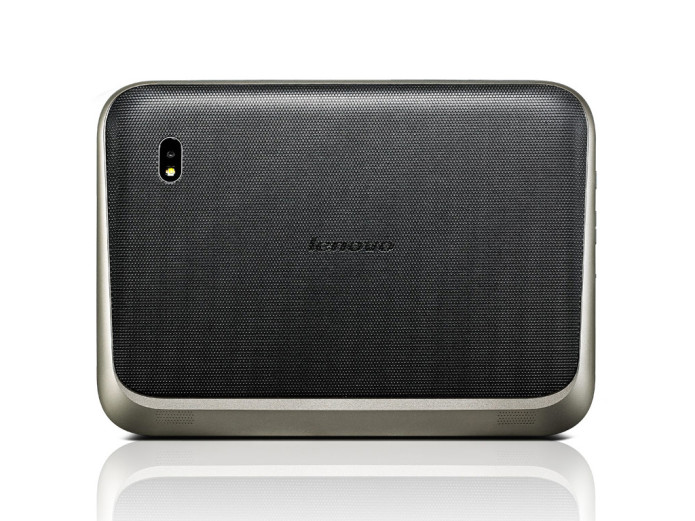
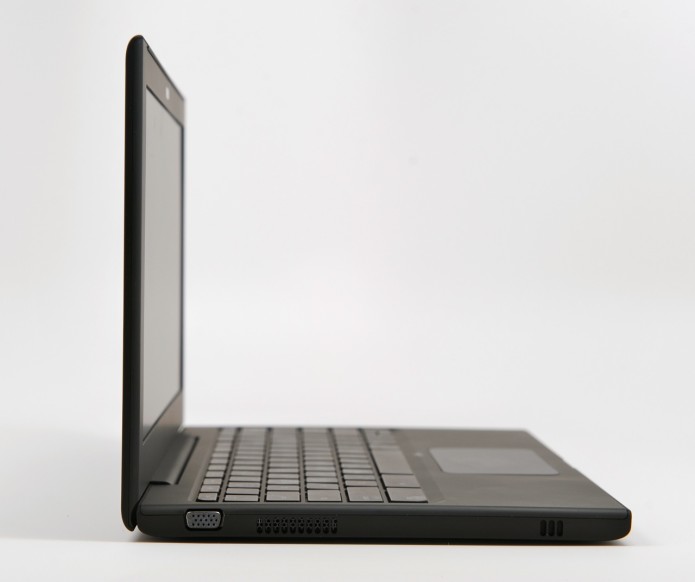
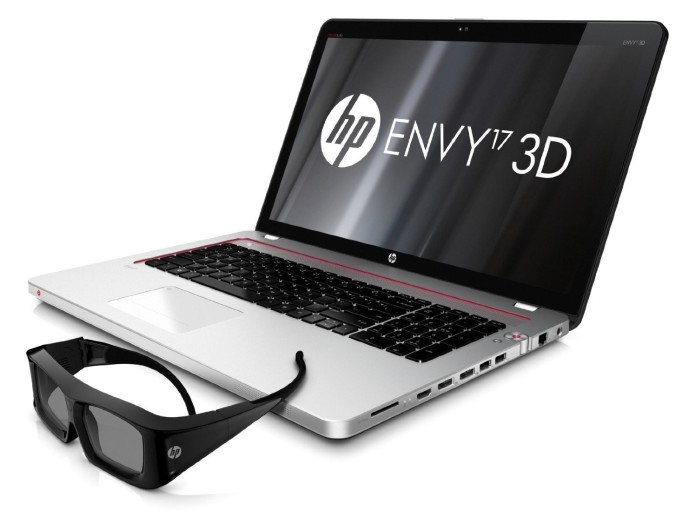
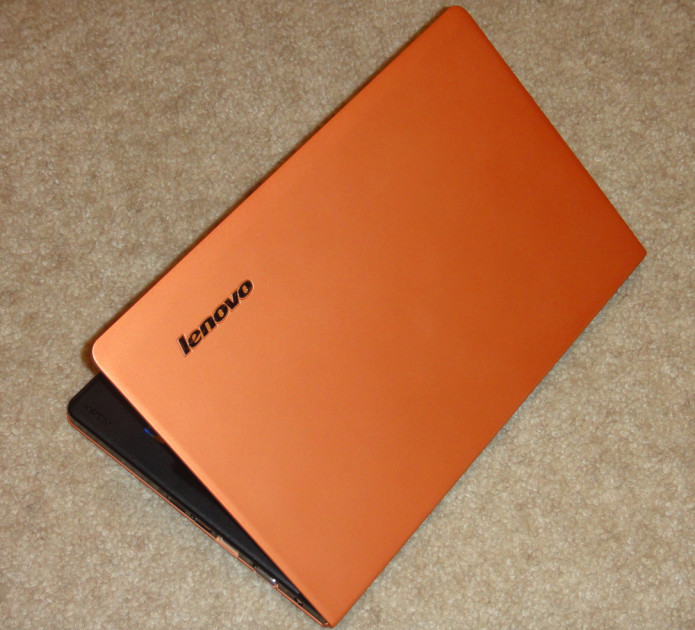
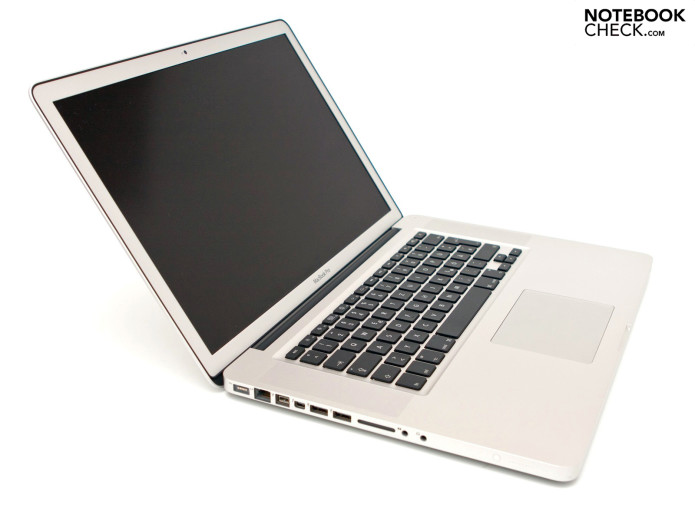
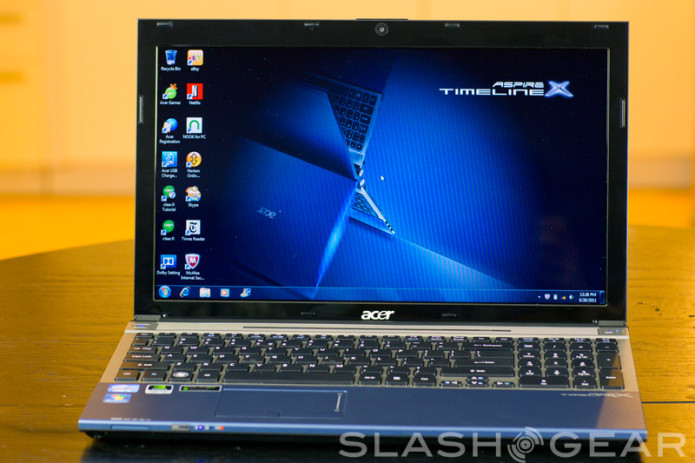
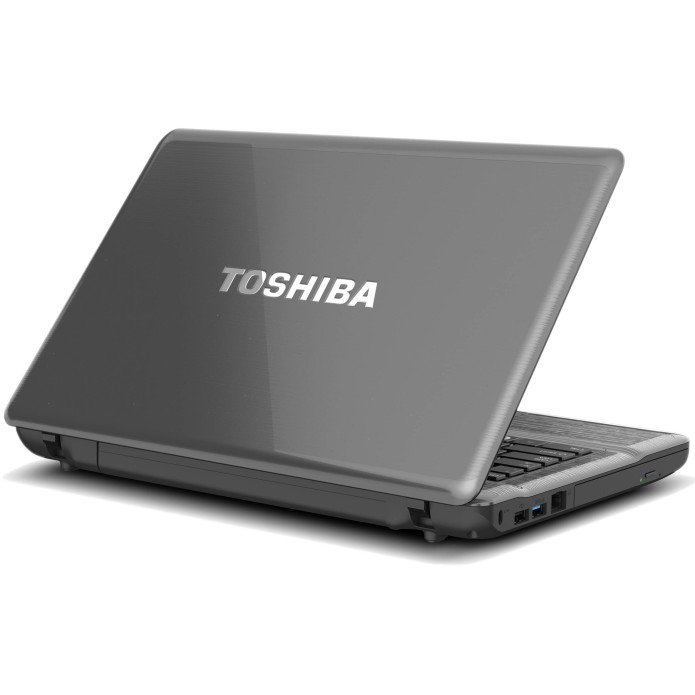
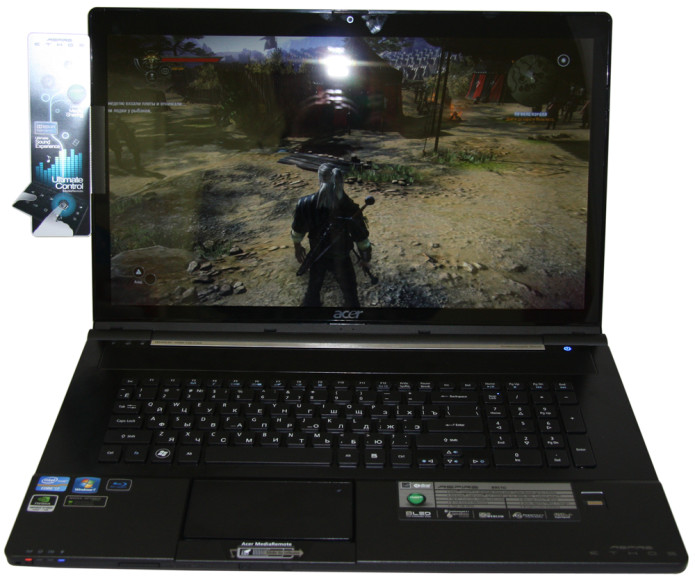
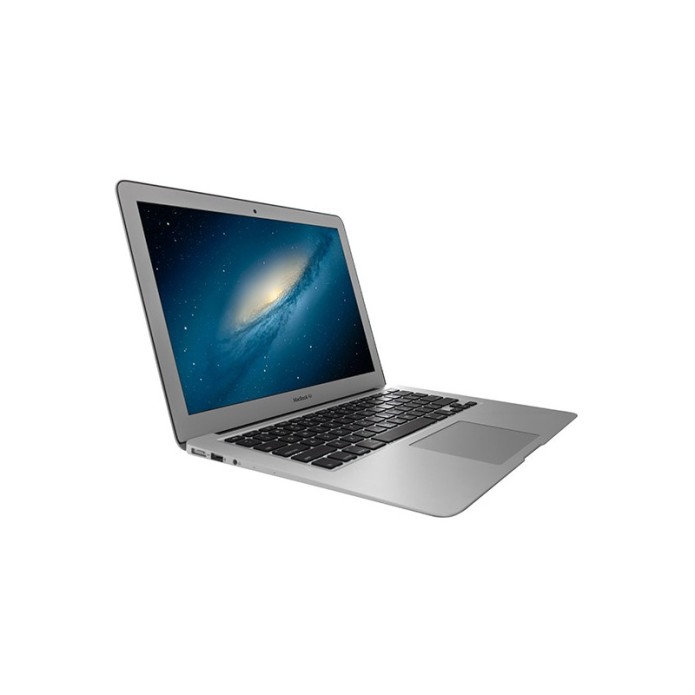
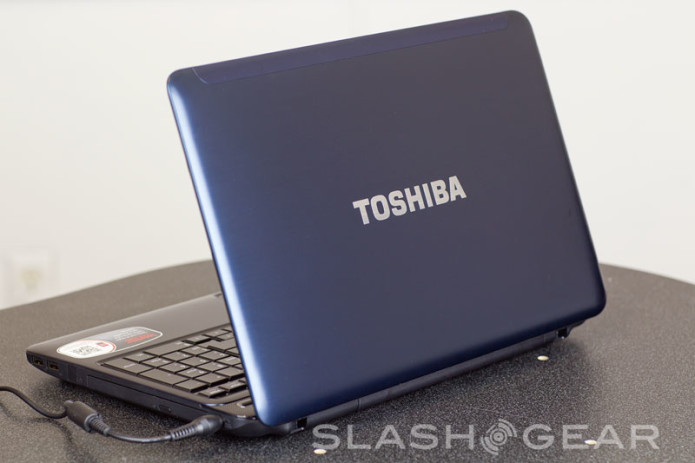
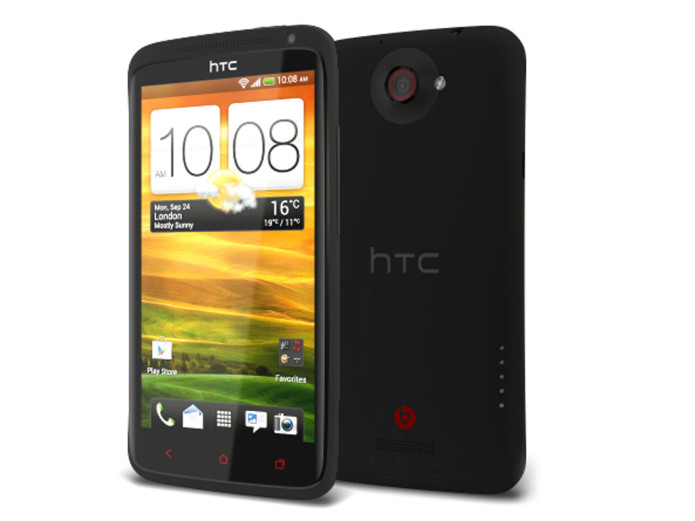
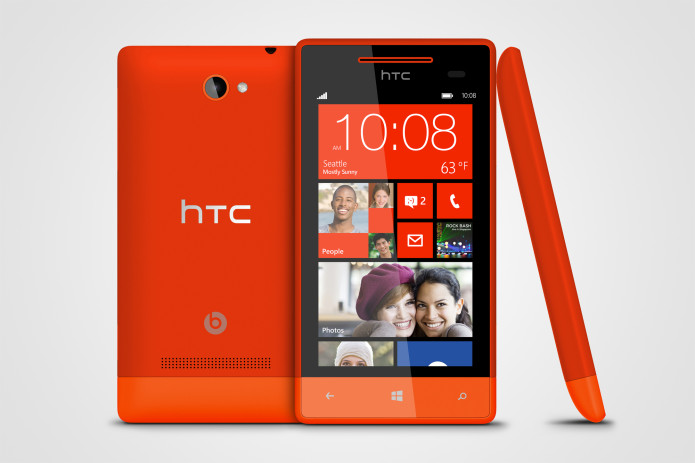
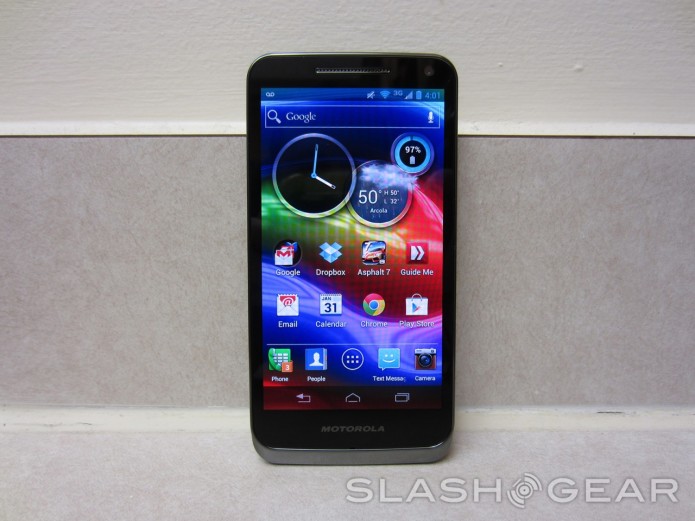
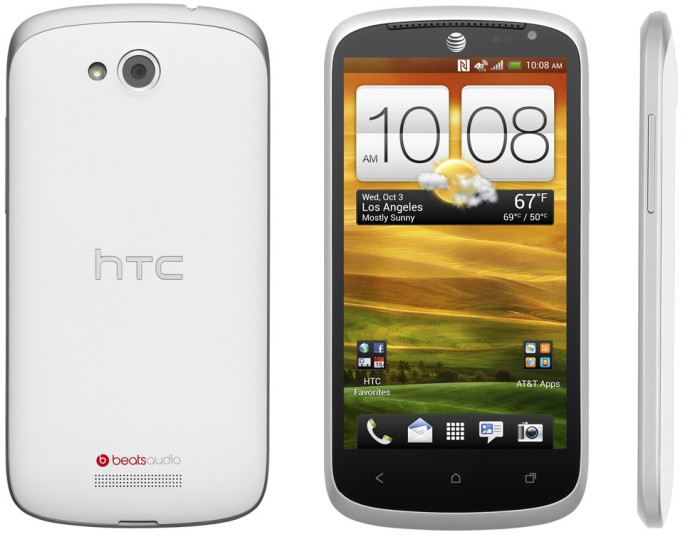
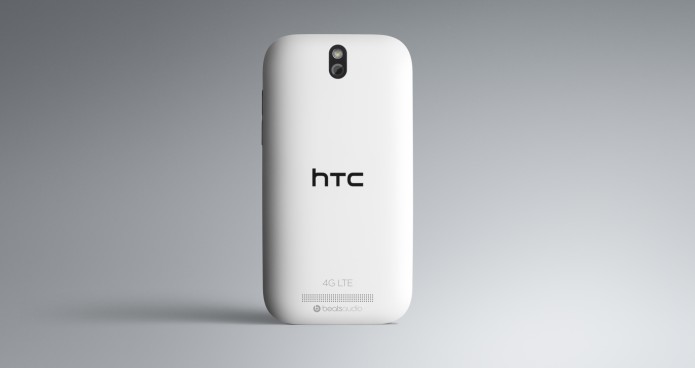
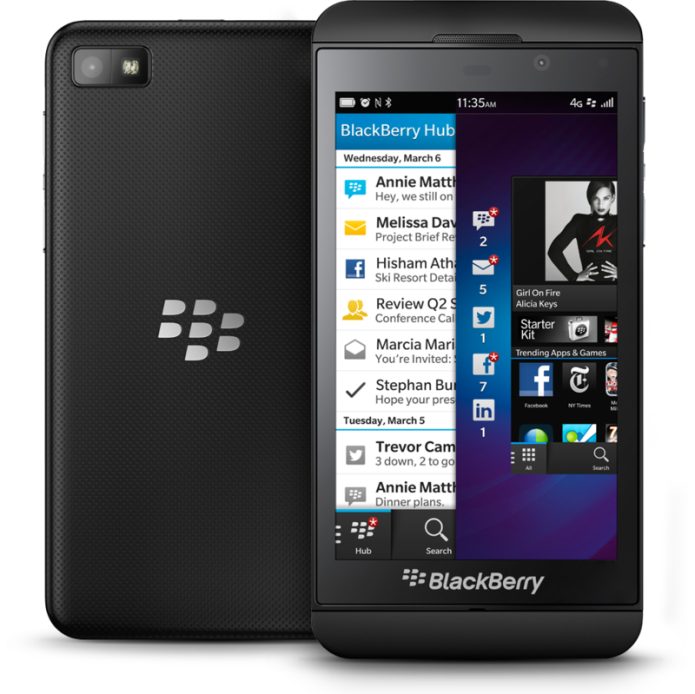
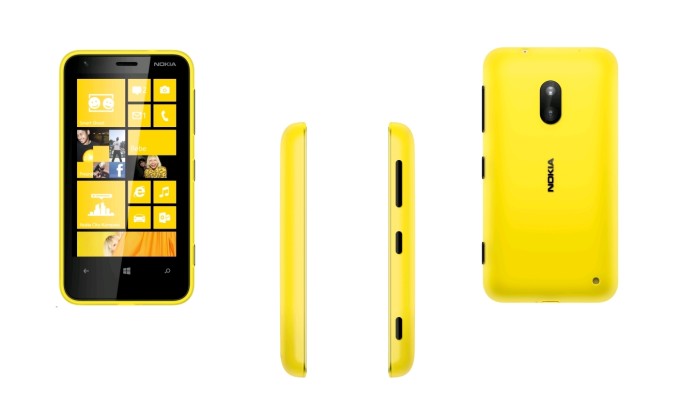
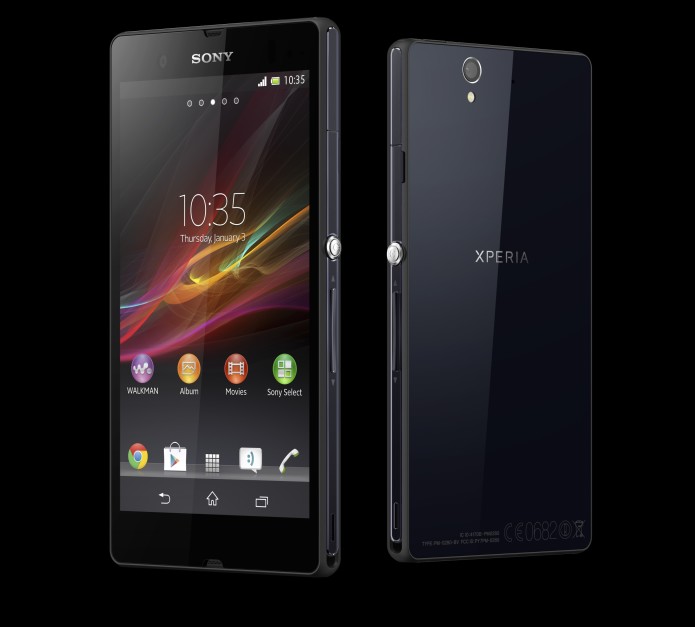
![HTC One Review [2013]](https://gearopen.com/wp-content/uploads/2015/05/htc-one-2013-695x466.jpg)
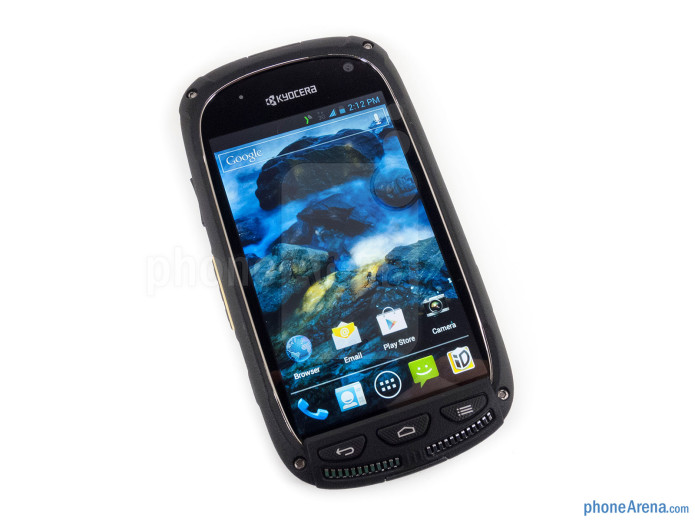
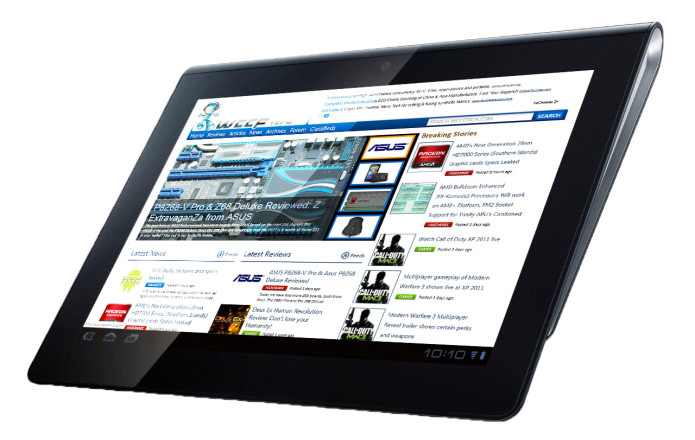
![ARCHOS 80 G9 Review [Video]](https://gearopen.com/wp-content/uploads/2015/05/ARCHOS-80-G9_bÇquille-695x391.jpg)
